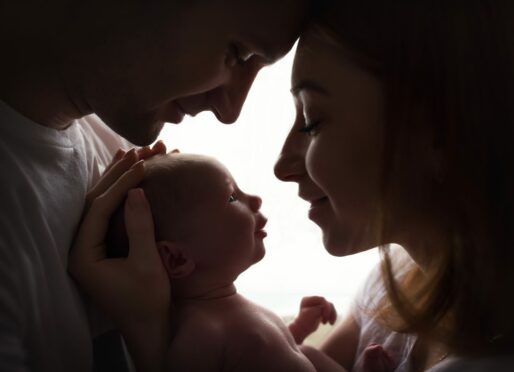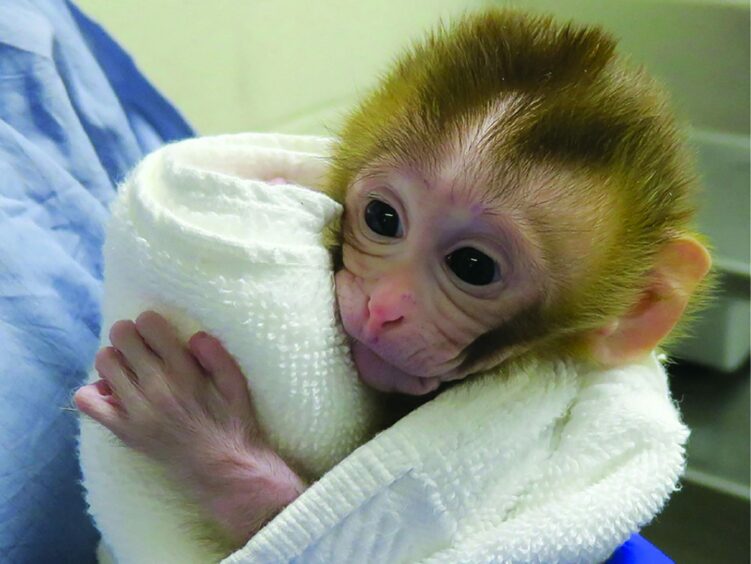
Men left infertile by childhood cancer treatment could soon become fathers as Scottish scientists pioneer revolutionary fertility transplants.
The team at Edinburgh University will seek permission in the new year to start clinical trials of the treatment in humans for the first time.
The procedure means childhood cancer survivors could be able to father children who are biologically their own, instead of relying on sperm donors.
Cancer is affecting growing numbers of children, with cases in Scotland rising by 21% in a decade. Scientists believe increased air pollution may be behind the rise.
Experts said progress on the fertility treatment would bring “real hope” to boys who have to undergo treatments such as chemotherapy and radiotherapy before puberty, which can damage their ability to make sperm in adulthood.
Over-16s facing cancer treatment are usually able to produce sperm which can be frozen in case it is needed for future fertility treatment – but many younger boys do not have this option.
Since 2016, Edinburgh scientists have been taking and freezing biopsies of healthy testicular tissue from children and teenagers with cancer before they start treatment, in the hope that the technology would evolve to help them father babies in future.
If permission is granted for trials to go ahead, it will be the first time they have been able to re-implant these tissue samples back into cancer survivors.Research in animal studies has shown the tissues develop inside the body and produce sperm which can be extracted for IVF treatment.
“We are all very excited about it,” said Professor Rod Mitchell, lead researcher of the project at the MRC Centre For Reproductive Health at Edinburgh University.
“The fact that we are about to embark on seeking approval to start trials is really positive news for the patients and their parents and carers involved in our research, who are generally very enthusiastic about the programme.”
Mitchell’s team are increasingly confident the procedure will work in humans after a trial on monkeys carried out in the US in 2019 led to the birth of a baby rhesus macaque called Grady, the first primate to be born using the technique.
A similar treatment using ovarian tissue is already used in women who have cancer treatment before reaching puberty and later want to have children.
Now several centres in Europe are ready to begin trialling the transplant technology in young men, with researchers in Edinburgh and Oxford hoping to apply jointly to medical and fertility regulatory bodies within the next year to get approval to start trials.
If successful, it means the first UK patients could receive the fertility treatment within two or three years.
When trials start also depends on whether the patients whose tissues have been frozen are ready to have a family. Some of the boys have already reached young adulthood and will be first in line for the treatment, but many are still children.
“We want to get approvals to perform the procedure up front, so we are ready as soon as we have a patient coming in who is ready to start a family,” added Professor Mitchell.
Sarah Norcross, director of fertility research charity, the Progress Educational Trust, said: “This is an ingenious method of seeking to restore male fertility, and could be of immense benefit to men whose fertility has been lost or compromised during childhood or adolescence, either by disease or by treatment for disease.
“Reproductive options for men in this predicament have been severely limited, but now there is now real hope this situation could change.
“Careful work will now need to be done to assess and refine these new techniques but the fact that this work is now sufficiently advanced to embark on clinical trials is a remarkable achievement.”

Enjoy the convenience of having The Sunday Post delivered as a digital ePaper straight to your smartphone, tablet or computer.
Subscribe for only £5.49 a month and enjoy all the benefits of the printed paper as a digital replica.
Subscribe © Shutterstock / IU Liquid and wat
© Shutterstock / IU Liquid and wat © SYSTEM
© SYSTEM